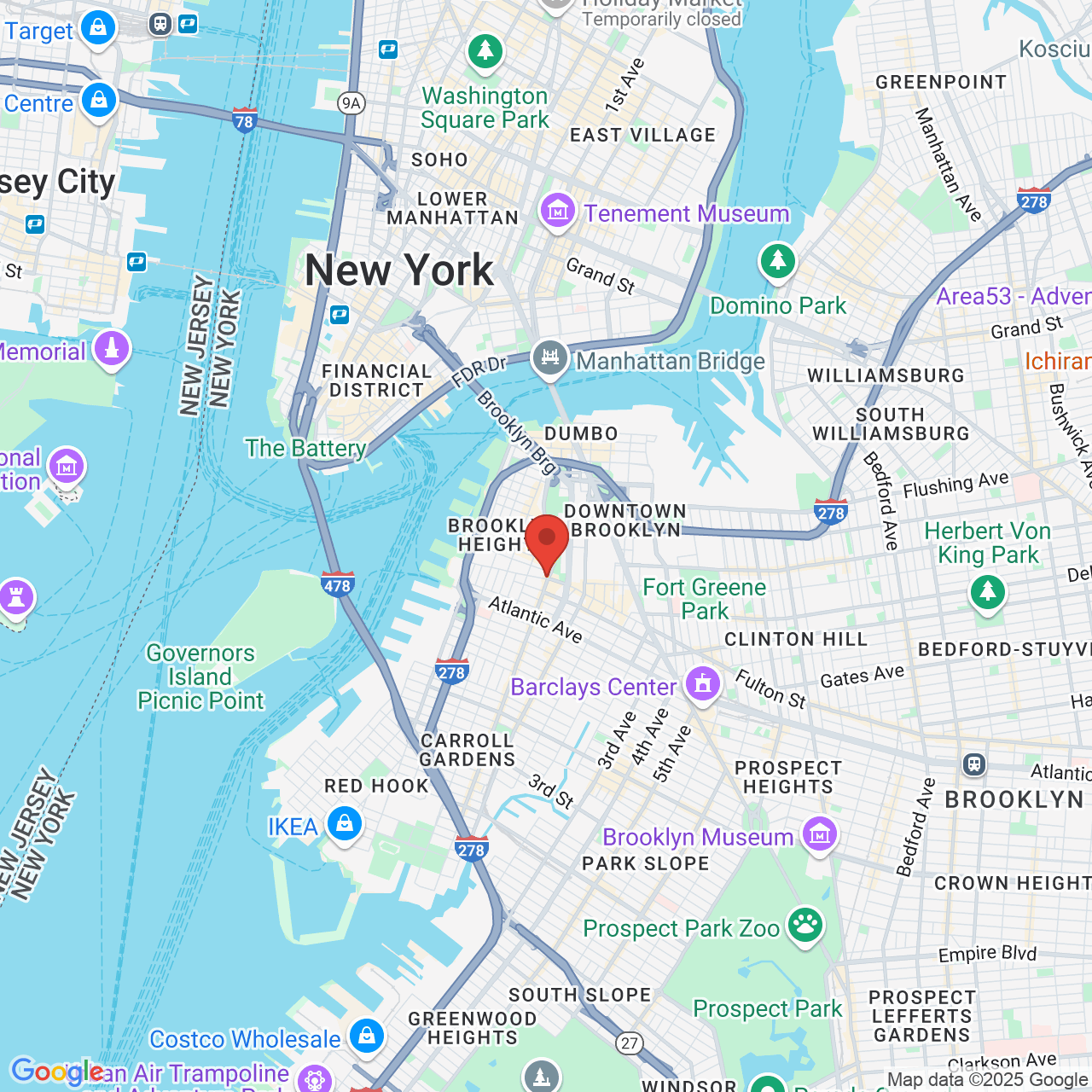Root Canal Therapy vs. Tooth Extraction
 When a tooth becomes infected, it’s crucial that you undergo professional treatment. Dr. Eugene D. Stanislaus and Dr. Lisa Reid can eliminate the infection, reduce tooth pain and sensitivity, and help stop the issue from getting worse. They’ve helped countless people in Brooklyn Heights, Fort Greene, and other parts of Brooklyn experience healthy smiles.
When a tooth becomes infected, it’s crucial that you undergo professional treatment. Dr. Eugene D. Stanislaus and Dr. Lisa Reid can eliminate the infection, reduce tooth pain and sensitivity, and help stop the issue from getting worse. They’ve helped countless people in Brooklyn Heights, Fort Greene, and other parts of Brooklyn experience healthy smiles.
Many individuals suffering from root canal infections can benefit from endodontic care, though sometimes an infected tooth needs to be removed. Here, our team looks at root canal therapy and tooth extraction, and helps you understand why one treatment may be more ideal than another.
About Root Canal Infections
A root canal infection occurs when oral bacteria reaches the internal structure of a tooth. Inside of the tooth is a mass of soft tissue known as dental pulp. When the pulp is infected, it can lead to severe pain and discomfort.
Left untreated, the root canal infection can spread from the dental pulp down through the tooth root, eventually affecting other structures of the mouth.
What Is Root Canal Therapy?
Root canal therapy is a process in which the diseased dental pulp is removed. Once free of the infected tissue, the pulp chamber within the tooth is sterilized, removing any trace of bacteria. The hollow chamber within the tooth is then filled with an inert material and capped with a crown.
Root canal therapy doesn’t just remove the infected pulp. It allows the patient to keep their tooth and restores the patient’s ability to bite and chew.
Why Would an Infected Tooth be Extracted?
Even though root canal therapy is effective, there are cases when an infected tooth should be extracted instead. Sometimes a tooth simply cannot be saved, even with advanced root canal therapy and the latest restorations. Major tooth decay or damage could mean that the overall structure of a tooth is compromised. There may not be enough healthy tooth structure remaining to cap with a crown.
In these cases of severe damage and decay, a dentist may recommend that the tooth be extracted. Completely removing the infected prevents the spread of inflammation and avoids tooth fractures or other issues later on.
Comparing Root Canal Therapy and Tooth Extraction
Whenever possible, it’s best to retain as much of your natural tooth structure as you can. That’s why root canal therapy is preferable. That said, when a tooth cannot be saved, extraction is the best option. There are many ways to replace a single missing tooth that are effective.
During your visit, we can go over the treatment process in more detail. We will assess your situation and let you know the best method given your needs.
Early Treatment Is Always Ideal
Since keeping natural tooth structure is ideal, we should stress that early detection and treatment is always the best policy.
If you experience toothaches or tooth sensitivity accompanied by bad breath or an odd taste in your mouth, you should visit our office as soon as possible. These are common signs and symptoms of root canal infection. Undergoing early treatment can help prevent the need for extraction and further restorative work.
Learn More about Your Treatment Options
If you would like more information about treating infected teeth and how to maintain optimal dental health, be sure to contact Brooklyn Heights Dental® online. You can also reach our practice by phone at (718) 857-6639.



